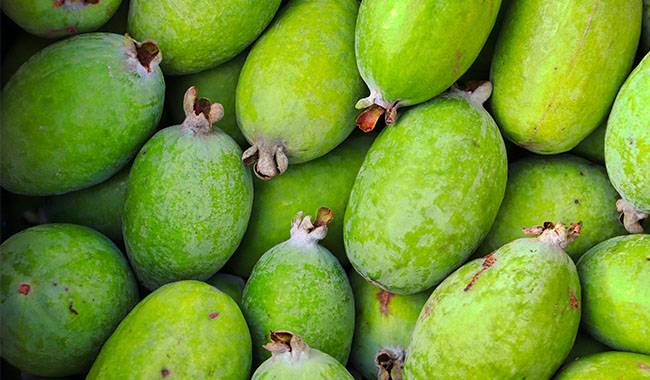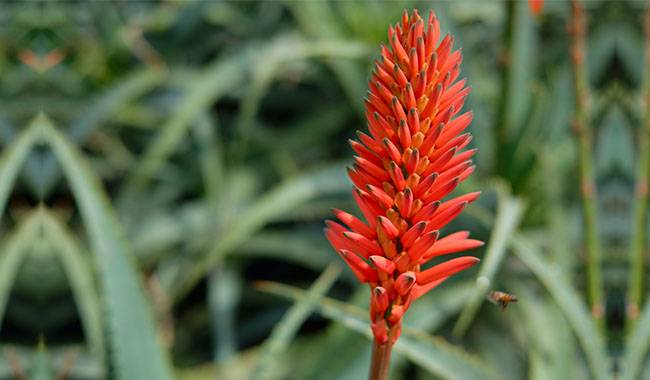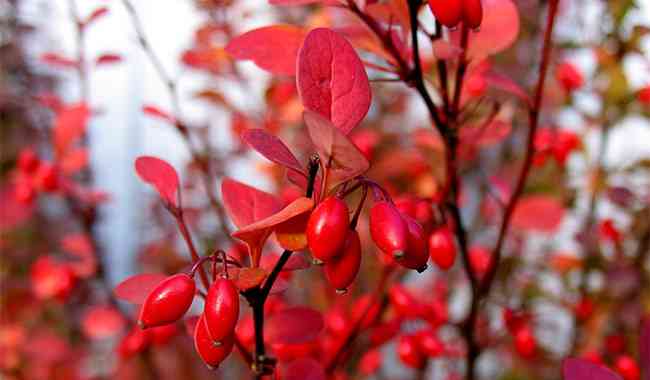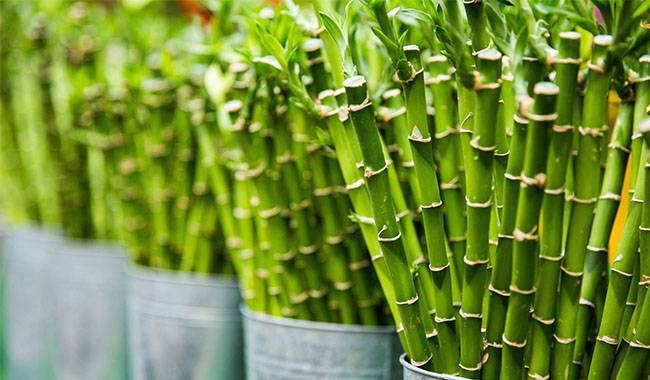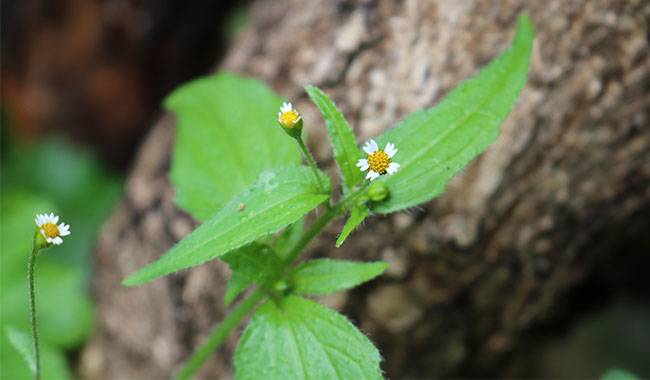
Among the various weeds, there are many surprising weeds. And one of the most unusual is Galinsoga. many of us have probably encountered it more than once, and some of us are probably still trying to keep it out of our gardens. But, like all invasive weeds, Galinsoga is not as easy as it seems and cannot be defeated. In order to get this exotic weed out of your beds and flower beds, it is necessary to better understand its characteristics. In this ThumbGarden article, we’ll learn why this weed is so persistent, what you need to do and what you shouldn’t do to get rid of it.
From Ornamental Plants to Weeds
Galinsoga is not an easy name to remember. That’s why this plant also has other names. The most common name is Galinsoga or Guascas. less commonly, it has some names such as Gallant soldier. if some of the folk names are due to the origin of this annual plant (South America), others are due to its nature and it can be very difficult to get rid of this weed from your garden. It makes it hard to forget about weeding and tending to the beds.
Galinzoga is an introduced species. According to one version, it was once introduced to Europe to be propagated and observed as an interesting plant in French botanical gardens. According to another, it was accidentally introduced with the seeds of another plant and then cultivated in many botanical gardens around the world. However, due to its very high fertility and rapid reproductive capacity, it soon got out of control and has been spreading at an unprecedented rate across Eurasia for centuries, occupying more and more territories.
It is due to its fertility, rapid development, and high adaptability that today Galinsoga (American) is not only naturalized in many European countries but also introduced into natural plant communities. However, it does not occur very often in the wild. More often as a representative of the weed flora, it grows along roads, railroad embankments, garbage dumps, and landfills. Because of its preference for cultivated (loose, humified, moist) soils, in most cases, it is a persistent weed of cereal and row crops, private orchards, and vegetable gardens.
In recent decades, Galinsoga can be found on most continents and on many islands. however, despite its tenacity and explosive distribution type, it has not yet conquered the whole world and its aggressiveness varies from country to country. This is due to different climatic conditions. In some places, for example in Finland, it grows exclusively in greenhouses and greenhouses, in Norway, it grows in cities and parks, in Africa, it grows along rivers. In Central Europe, it is especially found in polesie and forest steppes. And, the further south it goes, the more it loses its importance as an invasive weed.
What is Galinsoga?
Galinsoga (Gallant soldier) belongs to the Asteraceae family. Here, it is an annual herbaceous weed. But sometimes it overwinters in warm conditions – it can easily cope with temperatures as low as 25 °F (-4°C). It has a well-developed woody root system.
Under favorable conditions, the bare hairs or bare (sometimes covered with fine-appressed hairs at the top) branches reach a height of 32 inches (80 cm). Leaves simple, up to 2 inches (5 cm) wide and 2.3 inches (6 cm) long, opposite, ovate, with toothed margins, pubescent with bristles on both surfaces. Tiny yellow-white basket inflorescences, less than 0.4 inches (1 cm) across, echo the daisy flowers and consist of 4-5 trifoliate white-sided flowers and many tubular yellow flowers. The seeds have a fluffy, crown-like fuzz.
There are more than 15 species of Galinzoga in the wild. Many are very difficult to identify due to the possibility of cross-pollination. They are very similar in appearance and can be most easily distinguished by their pubic hairs. the quadrangular stems of Galinsoga are covered with stiff hairs, while the quadrangular stems of the small flowers are naked or pubescent with compressive hairs only distally.
Both species reproduce aggressively and compete with cultivated plants for water, nutrients, and light, reducing their production by 10-50%. Also, they are host plants for some nematodes, viruses, and insects that reduce the yield of cultivated plants.
Interestingly, in Colombian cooking, Galinsoga florets are considered a condiment for the traditional Colombian potato soup Ajiaco and salads.
Why is Galinsoga So Difficult to Breed?
Why is Galinsoga so hardy? Why is it so hard to get rid of? Because it is very prolific. It starts flowering in July and produces seeds before frost. Self-pollination (but as mentioned, cross-pollination is also possible). Each plant produces 5 to 30,000 seeds per season11 A square foot (1 square meter) crop can produce up to 600,000 seeds.
Not only do the seeds fall into the soil, but because they are equipped with flyers, they are easily picked up by the wind and spread over great distances. At the same time, some of these seeds germinate immediately (28-49% of the newly matured seeds germinate), and a month later, new plants flower and receive a new portion of seeds for fertilization. Thus, in summer, under the right conditions, there can be up to two to four times. Thus, in one season, a total of three to five generations of Galinsoga are formed together with the mother plant.
Besides the wind, animals (attached to their fur), humans (on their clothes), and water also spread the seeds of Galinsoga, since rivers carry the seeds hundreds of kilometers away, which is why you can sometimes find them on the banks of rivers.
In addition, Galinsoga has no diseases and is virtually unaffected by insects, which means that it meets no natural resistance in nature. It copes easily with unfavorable weather conditions (temperature fluctuations, lack or excess of water) and grows in both sun and shade. Although it prefers fertile soil, it can also adapt quickly to sandy soil.
Galinsoga is capable of regrowing from the remains of cut stems – they only need contact with the soil to actively put down new roots. For this reason, it should not be used as mulch with other weed control plants or left in the row after weeding. It also regenerates easily from roots that have been uprooted or thrown into the compost pile. It continues to fertilize when weeded.
Galinsoga seeds have a long germination period and can survive for 5-8 years. Therefore, once you get rid of the weed, don’t expect it to last forever. It will germinate again and again until frost comes. However, no chemical means of controlling the weed has been registered.
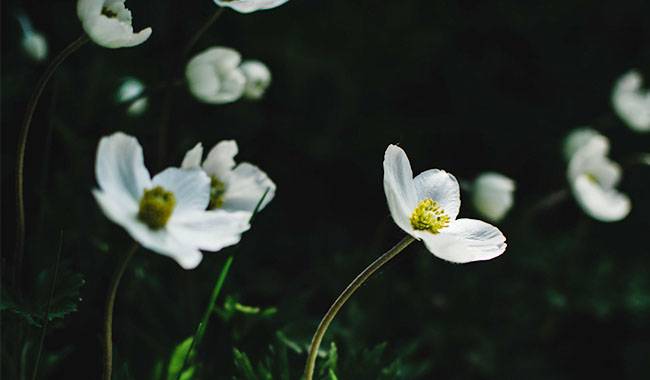
Is It Possible to Fight the Galinsoga Plant?
After learning so much about Galinsoga’s characteristics, a reasonable question arises: How can you fight it? In fact, it is possible to fight it, but you must be prepared to fight it regularly and, above all, not neglect preventive measures.
- Use only clean seeds for sowing.
- Eliminate Galinsoga before flowering.
- Do not use cut plants as mulch. Do not place it on the surface of compost or manure piles.
- Do not leave pruned roots in the ground, or prune regularly.
- Prune Galinsoga regularly in uncultivated areas.
- Do deep fall digging – Galinsoga cannot rise from a depth of more than 1 inch (2.5 cm).
By the way, Galinsoga is not a poisonous plant and is easily eaten by domestic animals. However, through their gastrointestinal tract, jaguar seeds are still viable and can contaminate the soil when poor quality fertilizer – fresh or under-decomposed manure – is applied.




